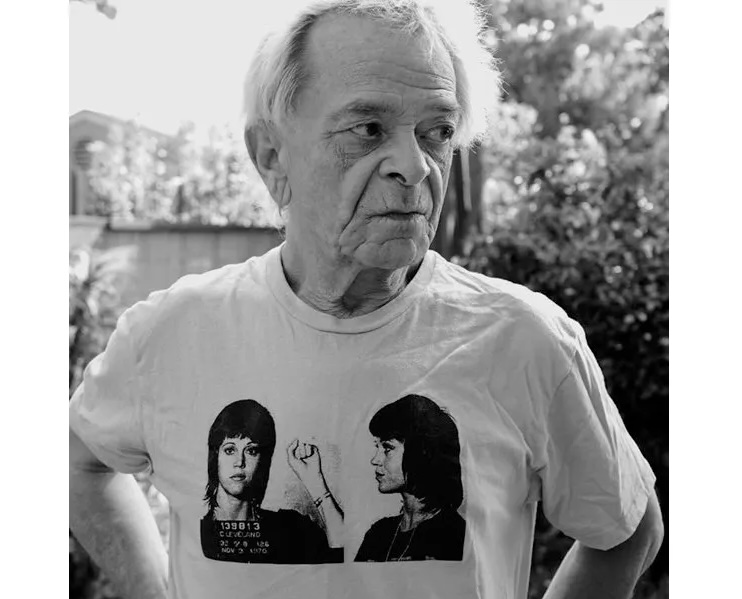
Gary Indiana, who died on 23 September at the age of seventy-four, was best known as a cultural critic, playwright, artist and novelist who came to prominence during the AIDS crisis as part of New York’s downtown art scene. From 1985 to 1988 he was the art critic for the Village Voice, chronicling a rapidly changing political landscape in which the art market and corporate interests collided with the experimentation of an evolving artistic scene.
Indiana (born Gary Hoisington) grew up in Derry, New Hampshire, and left home at 16 to enrol at the University of California, Berkeley, only to drop out after four months. He lived for a period in Los Angeles, working as a paralegal for the Legal Aid Society by day and selling popcorn in a cinema at night, where he began to write art criticism under the pen name Gary Indiana. In 1978 he moved to New York and continued to publish his diaristic, often acerbic criticism. He found his place in the city as a writer, artist and actor, and reluctantly took on the role of critic at the Voice after being invited by arts editor and friend Jeff Weinstein.
The full archive of Indiana’s art writing for the Voice was collected in Vile Days (2018), after critic Bruce Hainley painstakingly typed up the archival texts himself and persuaded Indiana to allow him to publish the collection. It offers an insight into his irreverent wit, and conjures a time capsule of the fragile, fervid, quickly gentrified ecosystem that was the East Village art scene during the early 1980s. On Gerhard Richter’s then-new acidic abstractions and landscapes, Indiana describes how the artist ‘handles paint like a master violinist playing third-rate chamber music at a formal tea’, while at a Sotheby’s auction of Andy Warhol paintings, he encounters ‘a full-blown fire hazard of elderly women with no wrinkles and men with no lips’.
He continued to publish fiction, memoir and criticism in the decades that followed, including Horse Crazy (1989), which focused on a doomed relationship between a writer and a heroin addict in the shadow of the AIDS crisis, and a crime trilogy (1997–2001). He published a memoir in 2015, alongside two collections of short stories, while Fire Season, his final book of essays, was published in 2022.
‘I felt that much of art criticism was very flabby and rote’, Indiana reflected in an interview in 2021 on his time as a critic during the 1980s. ‘Why not make it something people would actually enjoy reading?’